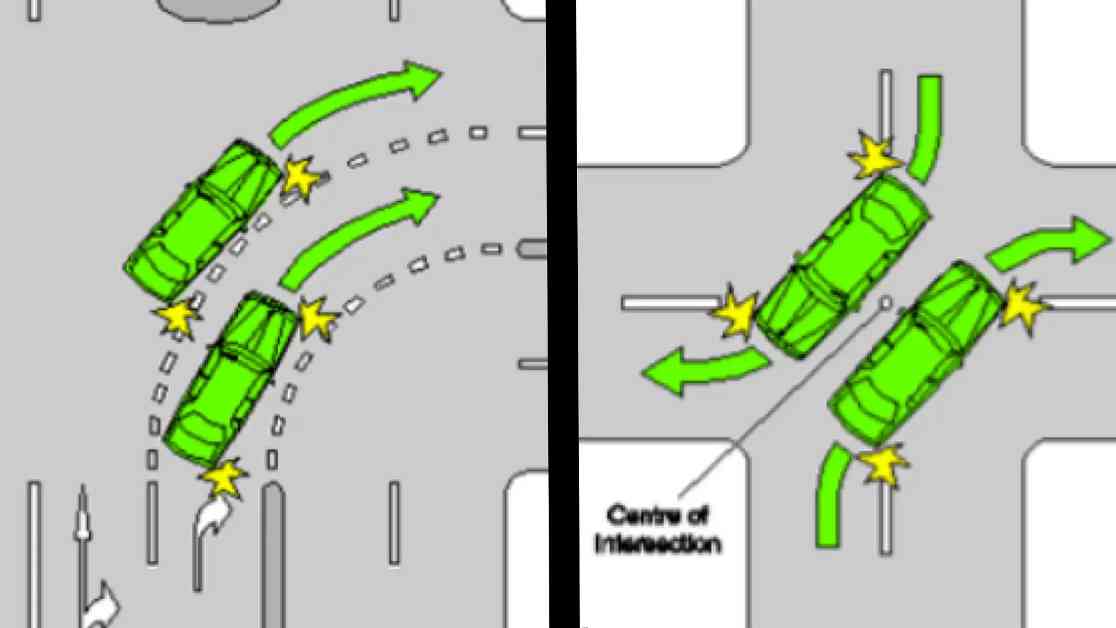Most drivers will complete a right turn at a set of traffic lights at least once a day, if not more. However, all of us do it slightly differently. Some are conservative, preferring to pull forward only slightly into the intersection, while others nose far forward instantly, eager to complete the turn as soon as possible. Then there are those who don’t move forward at all, preferring to stay well behind the lines until the amber light appears.
So which approach is the correct one, according to Australia’s intersection rules? Ideally, you want to pull far enough forward into the intersection that you can improve traffic flow for the cars behind you and complete the turn quickly when it’s possible to do so. On the other hand, if you pull too far into the intersection or you miss your chance to turn, you risk an infringement for obstructing traffic.
According to road authorities around Australia, there aren’t any road rules specifying exactly how far a driver can pull into the intersection before completing a right turn. “Drivers are allowed to enter and stop in an intersection to wait until a safe space to turn right,” a Queensland Transport and Main Roads spokesperson told Drive. “There is no specific rule about how far into the intersection a driver can go as this will depend on the layout of each intersection. However, a driver must not cause a traffic hazard or obstruction and so must remain clear of any oncoming traffic.”
Rather, the rules only state that drivers are permitted to enter the intersection “as far as is necessary” to complete the turn. “Drivers are only permitted to enter intersections as far as is necessary to complete a right turn at traffic lights,” a Transport for NSW spokesperson told Drive. “When there’s a green traffic light but no right arrow signal, drivers must wait until oncoming traffic clears or breaks, and then turn. If the lights change to yellow or red while a driver is in the intersection, they must turn right as soon as it’s safe to do so.”
It is illegal to idle or wait inside an intersection for space to be made available in the lane the driver intends to enter. Blocking an intersection is subject to a fine of $320. It is also imperative that you obey any turn lines painted on the intersection, as failure to do so could land you a fine or, worse, result in an accident.
According to an ACT Government spokesperson, in the absence of turn lines at an intersection, a driver must make the turn so that they “pass as near as practicable to the right of the centre of the intersection; and turn into the left of the centre of the road they are entering, unless the driver is entering a one?way road”.
When it comes to completing the turn, the road rules simply state that you must “leave the intersection as soon as you can do so safely.” A Queensland Transport and Main Roads spokesperson reiterated that drivers “cannot enter an intersection if the road on the other side is blocked; this includes the side road they are turning into.”
In a nutshell: Check the road ahead is clear and has enough room for you to complete the turn, edge forward only as far as is necessary and wait for a gap in traffic to complete the turn, ensuring you follow any turn lines.










